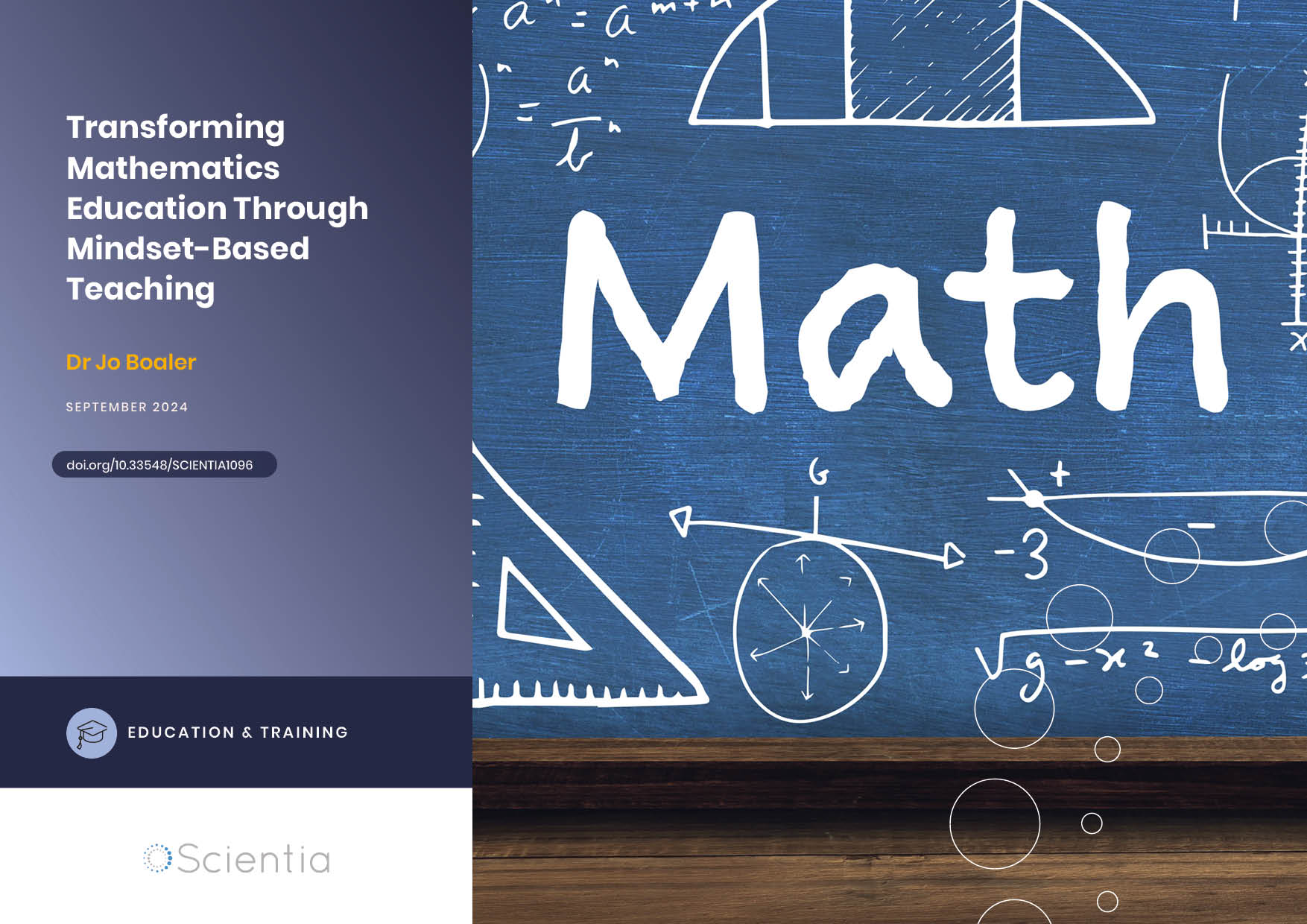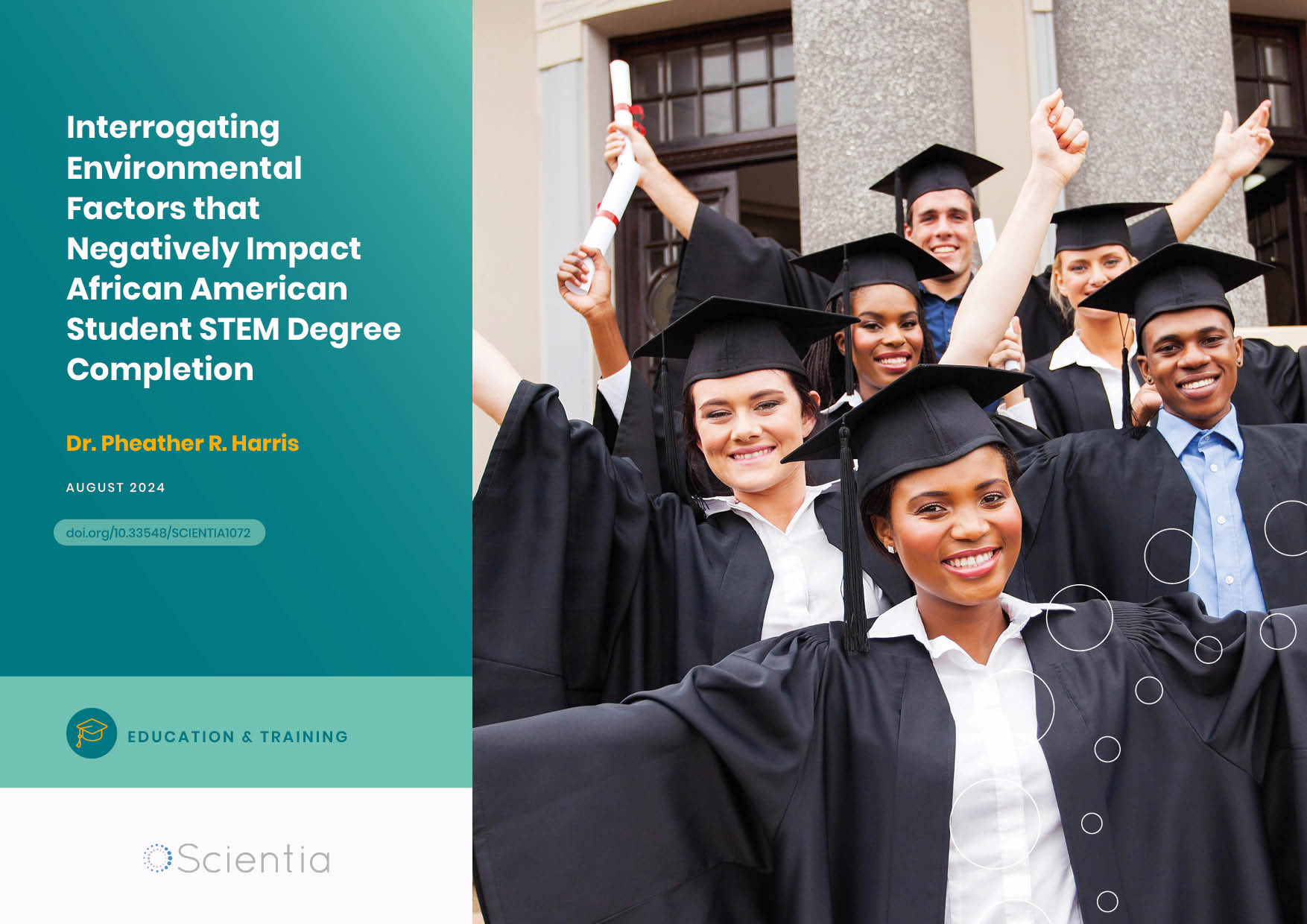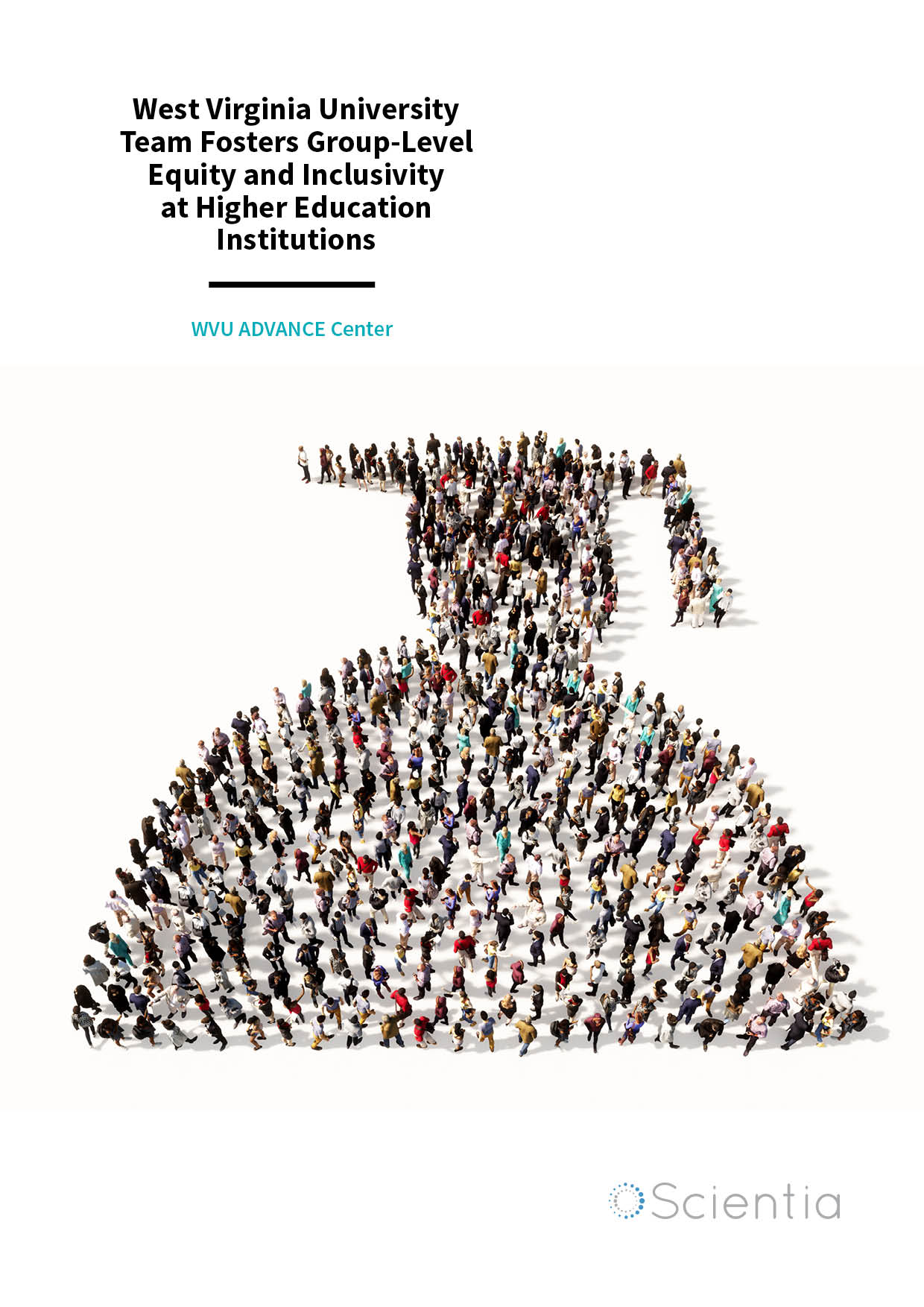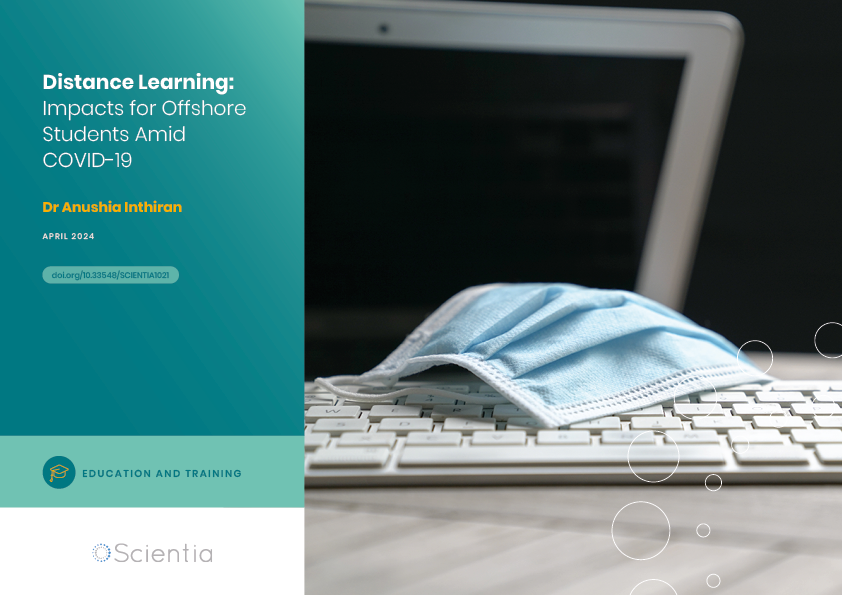Dr Kimberly Coy | Virtual Schooling: How Digital Education Can Increase Inclusivity
Virtual schooling – teaching conducted entirely online – has become increasingly important since the COVID-19 pandemic. Even prior to the pandemic, virtual schools were recognised for providing alternatives to students with needs beyond those catered for in traditional classroom settings. While research into the factors influencing the success of virtual schools is lacking, Dr Kimberly Coy of California State University, Fresno, is working to address this knowledge gap. She is particularly interested in the challenges facing the application of digital learning and strategies that may overcome these.
The State of the Matter: Identifying Avenues for Research
Virtual schooling is defined as teacher-led education that takes place over the internet, often delivered via a learning management system such as Canvas, which incorporates audios, live interactive videos, and pre-recorded videos. Prior to the COVID-19 pandemic, virtual schooling had already established its significance in the field of education, but the pandemic heightened its significance even further.
Every year, virtual schools receive more applicants than the last, demonstrating a growing demand for this mode of education. The most notable demographic are young students and those with special educational needs. However, research into factors determining the success of such students is far from conclusive. Dr Kimberly Coy of California State University, Fresno, has worked to bridge the gap in our knowledge, focusing on the factors that would improve the accessibility, content, and learning outcomes for students with special educational needs who participate in online education environments.
Dr Coy’s work began by focusing on the implementation of Universal Design for Learning within online classrooms. She then extended the focus to co-teaching, which is the practice of having two teachers in the place of the traditional one, working to share the work under a variety of structured designs. For instance, the second teacher’s responsibilities may vary, extending from offering extra support to certain students when needed, all the way to sharing lesson design and teaching duties equally.
Co-teaching through Technology: A Case Study
In ‘Co-Teaching in a Digital World: It’s Not Teaching by Title, It’s Teaching by Talent’, Dr Coy detailed a year-long case study undetaken before the pandemic. She investigated the implementation of co-teaching in a K-8 virtual school (from kindergarten to 8th grade, encompassing ages 5 to 14 years). Here, the second teacher in the co-teaching pair specialised in teaching children with special educational needs. Dr Coy hoped to understand the challenges faced by teachers in their first year of co-teaching in an online environment, what co-teaching designs they implemented in their classrooms, and how the co-teaching experience impacted teacher satisfaction during the first year of implementation.
This fully online public school was in its second year of implementing a co-teaching model for inclusive classrooms across elementary (kindergarten to fifth grade) and middle school (sixth to eighth grade) sections, each with its own principal but sharing a single special education director. Student demographics closely resembled state-wide averages, with a higher representation of White and Black/African American students.
The virtual academy collaborated with a private company for curriculum and administrative support, ensuring alignment with state educational standards. Curriculum delivery utilised an online learning management system, supplemented by physical materials delivered to students’ homes annually – ranging from books to microscopes. Each student was assigned a learning coach, typically a parent or designated adult, to oversee their daily progress, assist with assessments, and provide additional support. Teachers worked collaboratively in co-teaching pairs, comprising one general education and one special education teacher, to design and deliver teaching material.
Dr Coy employed a diverse range of methodologies, including a survey to gauge teacher satisfaction, observations conducted during faculty meetings, and semi-structured interviews. To engage teachers in providing reflective input, Dr Coy and her co-author actively participated in two faculty meetings, resulting in the recruitment of 20 teachers who completed a student satisfaction survey. The primary aims were to collect descriptive participant data and to inform protocol development. Eleven staff members, including 10 of the original 20 teachers and the Director of Special Education, completed the semi-structured interview.

Themes and Challenges in Co-teaching Implementation
The findings can be summarised into three main themes: the necessity of thorough preparation before implementation and continuous professional development during the process; the widespread advantages for all students through accessibility within the least restrictive environment; and the requirement to redefine the responsibilities of general education teachers to facilitate effective collaboration.
Dr Coy found that while careful preplanning of co-teaching lessons was crucial, the implementation of co-teaching lacked adequate time, planning, and professional development opportunities. Teachers expressed challenges in navigating the process without clear guidance and support from the school administration. They called for a more guided, hands-on approach. Furthermore, co-teaching teams noted higher rates of success if a positive working relationship was harboured between the teachers.
At the virtual academy, co-teaching was part of a range of services to support students with disabilities, adhering to the concept of the least restrictive environment (LRE). The LRE states that students with special educational needs should, where possible, be included in general education settings. Unlike traditional schools with clearly defined spaces, the virtual environment offers more flexibility, allowing students to receive immediate one-on-one help without disrupting the class flow.
Dr Coy reports that virtual breakout rooms were used when special attention needed to be given to a particular student, and other system technologies facilitated accessibility adjustments, such as embedded screen readers for students with reading difficulties. This flexibility also extended to offering various participation options and supplemental instruction, benefiting both general and special education students. General teachers adapted content to integrate social skills, such as turn-taking and class participation, which are goals for special education students, making classes more accessible. Overall, the online environment allowed for greater adaptability and accessibility for all students.
Despite their shared goal of student success, special education and general education teachers faced challenges in collaborating due to their perceived lack of confidence and specialisation in each other’s fields. Historically, general education teachers have often believed that special education teachers are privy to key techniques for teaching students with disabilities. In contrast, special education teachers can feel that they lack the content knowledge and experience required in general education settings.
The researchers demonstrated that the process of co-teaching was able to overcome these stereotypes. The special education director, Pat, reflected on the historical challenges, noting the need to move away from stigmatised perceptions and towards recognising teaching talent regardless of title, emphasising the importance of collaboration. Special education teachers in the study demonstrated a comprehensive understanding of the diverse needs of all students and the necessity for varied instructional approaches to meet their goals. As collaboration progressed, general education teachers gained insight into the perspectives of their special education counterparts on learner variability.

The Application of Universal Design for Learning
Dr Coy’s article ‘Using Universal Design for Learning in Synchronous Online Instruction’ embraces the concept of using an educational framework that guides the design of instructional materials, assessments, and learning environments to meet the diverse needs of all students, resulting in an inclusive learning environment. She discusses the increasing trend of students with disabilities opting for online courses but highlights the lack of conclusive research on the factors that facilitate their educational progress.
Through conveying the stories of virtual teachers and learners, Dr Coy identified challenges encountered by special education teachers and students with learning disabilities in online settings. A literature review was used to outline findings from a recent study on Universal Design for Learning in synchronous lessons. For example, she explains how Sarah, a student with learning disabilities and Attention Deficit Hyperactivity Disorder, is able to manage her learning style more effectively in an online environment.
Dr Coy also included insights from interviews with leaders in virtual schools, shedding light on industry challenges and concerns. She concluded with a thoughtful consideration of the implications for professional development activities in this context, including focal areas of improvement with online education and the inclusion of Universal Design for Learning in online classrooms.
The Future of Virtual Schooling
Dr Coy’s research highlights the importance of virtual schools for a plethora of students, especially those with special educational needs. Her research has addressed the concept from the perspectives of both students and teachers. By performing extensive literature reviews and interviews detailing the influence of learning in a virtual environment, she has brought to light the increased efficacy with which difficult situations that arise in traditional schools may be mitigated. From the teacher’s perspective, her case study allowed their experiences with co-teaching in virtual environments to be voiced, providing a strong voice for additional support. With the demand for virtual schooling increasing annually, and the positive learning environment virtual schooling can create for students with disabilities, Dr Coy’s research is more pertinent than ever.
SHARE
DOWNLOAD E-BOOK
REFERENCE
https://doi.org/10.33548/SCIENTIA1091
MEET THE RESEARCHER

Dr Kimberly Coy
Department of Literacy, Early, Bilingual, and Special Education
California State University, Fresno
Fresno, CA
USA
Dr Kimberly Coy is an Associate Professor of Education at California State University, Fresno, a position she has held since 2015. She gained her PhD in Special Education from Washington State University in 2013. Before working in post-secondary education, Dr Coy taught K-8 (kindergarten to 8th grade) general and special education, including working in a full-time online public school. Her areas of interest include online and digital learning environments, special education, neurodiversity and its impact on education, radical inclusion, and teacher preparation. She has won several research grants to support her research and allow her to delve deeper into the complexities of online and digital learning environments and explore the nuances of special education. Currently, Dr Coy is working with students in the Masters of Arts in Special Education and the Doctorate of Education in Educational Leadership programmes, in addition to teacher preparation for both general education and education specialists.
CONTACT
E: kcoy@csufresno.edu
W: https://kremen.fresnostate.edu/about/directory/coy-kimberly.html
X: @drkcoy
KEY COLLABORATORS
Dr Libbi R Miller, Humboldt State University
Dr Matthew T Marino, University of Central Florida
Dr Barbara Serianni, Georgia Southern University
FUNDING
Project ACCESS. Federally Funded Office of Special Education Projects 2023–2028. Special Education Teacher Preparation for Diverse Scholars.
FURTHER READING
K Coy, When Covid-19 Disrupted University Teaching: The University Fought Back, International Journal of Educational Reform, 2024. DOI: 10.1177/10567879241238362
K Coy, MT Marino, B Serianni, Using universal design for learning in synchronous online instruction, Journal of Special Education Technology, 2014, 29, 63–74. DOI: 10.1177/016264341402900105
BA Serianni, K Coy, Doing the Math: Supporting Students With Disabilities in Online Courses, TEACHING Exceptional Children, 2014, 46(5), 102–109. DOI: 10.1177/0040059914528330

REPUBLISH OUR ARTICLES
We encourage all formats of sharing and republishing of our articles. Whether you want to host on your website, publication or blog, we welcome this. Find out more
Creative Commons Licence (CC BY 4.0)
This work is licensed under a Creative Commons Attribution 4.0 International License. 
What does this mean?
Share: You can copy and redistribute the material in any medium or format
Adapt: You can change, and build upon the material for any purpose, even commercially.
Credit: You must give appropriate credit, provide a link to the license, and indicate if changes were made.
SUBSCRIBE NOW
Follow Us
MORE ARTICLES YOU MAY LIKE
Dr Jo Boaler | Transforming Mathematics Education Through Mindset-Based Teaching
Mathematics education in the United States has long struggled with issues of underachievement and inequity. Despite decades of reform efforts, many students continue to struggle with math, developing negative attitudes and beliefs about their own mathematical abilities. However, recent research into mindset and brain plasticity offers promising new directions for transforming how mathematics is taught and learned. A groundbreaking study led by Dr Jo Boaler at Stanford University demonstrates how a ‘mathematical mindset’ approach to teaching can dramatically improve student achievement and engagement, even in just a few weeks of instruction.
Dr. Pheather R. Harris | Interrogating Environmental Factors that Negatively Impact African American Student STEM Degree Completion
Understanding why African American students often leave science, technology, engineering, and mathematics (STEM) degree programs – and working to solve this – is crucial. Dr. Pheather R. Harris at the University of California, Irvine, has demonstrated that intentional mentorship from professors can significantly boost their chances of remaining in the programme and graduating. Her work highlights the urgent need for universities to create inclusive environments where African American students feel supported to achieve success in STEM fields.
WVU ADVANCE Center | West Virginia University Team Fosters Group-Level Equity and Inclusivity at Higher Education Institutions
Despite ongoing efforts to broaden participation in the academy, many groups remain underrepresented. More needs to be done to ensure that all faculty and students succeed in institutions of higher education. The WVU ADVANCE Center is an academic hub at West Virginia University, which provides services, events, mentorship opportunities, and other initiatives that promote the sense of belonging that leads to thriving faculty and students.
Dr Anushia Inthiran | Distance Learning: Impacts for Offshore Students Amid COVID-19
The COVID-19 pandemic significantly disrupted global education and necessitated a shift to online learning. Due to ongoing border closures, even after the pandemic eased, offshore students were prevented from attending their university in person long after their local peers, impacting their learning ability and future perspectives. Dr Anushia Inthiran from the University of Canterbury conducted a survey among a group of offshore students to understand the consequences of distance learning on their education.





